Missing Document Letter Template for Your Needs
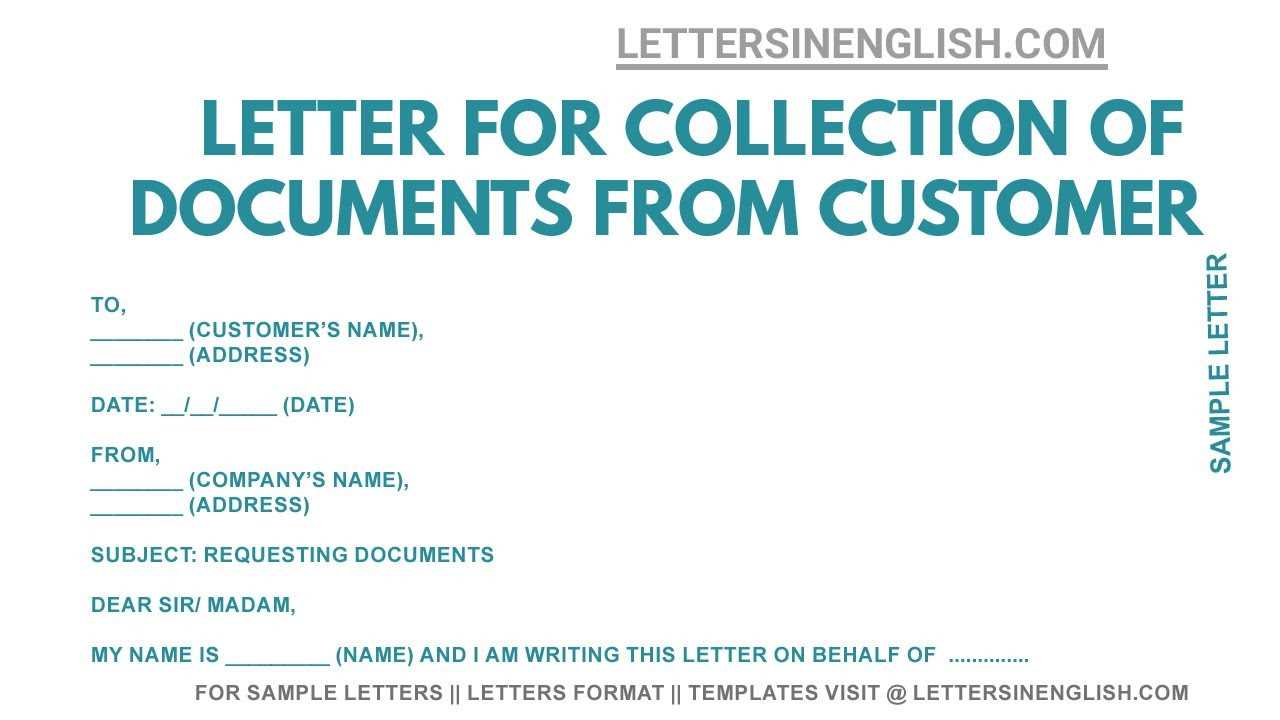
There are times when essential paperwork or files may not be available when needed. In such cases, it’s important to craft a professional communication to request the missing materials. A well-structured request can ensure that the process is efficient and clear for both parties involved.
Proper wording and clarity are crucial in these situations. Using the right language can prevent misunderstandings and help expedite the retrieval of the necessary information. By following a structured approach, you can make your request straightforward and respectful.
In this guide, we will explore how to create a formal request that effectively conveys your need for missing items. We will focus on key details to include, common mistakes to avoid, and tips for ensuring that your communication is both polite and clear.
Creating a Letter for Missing Documents
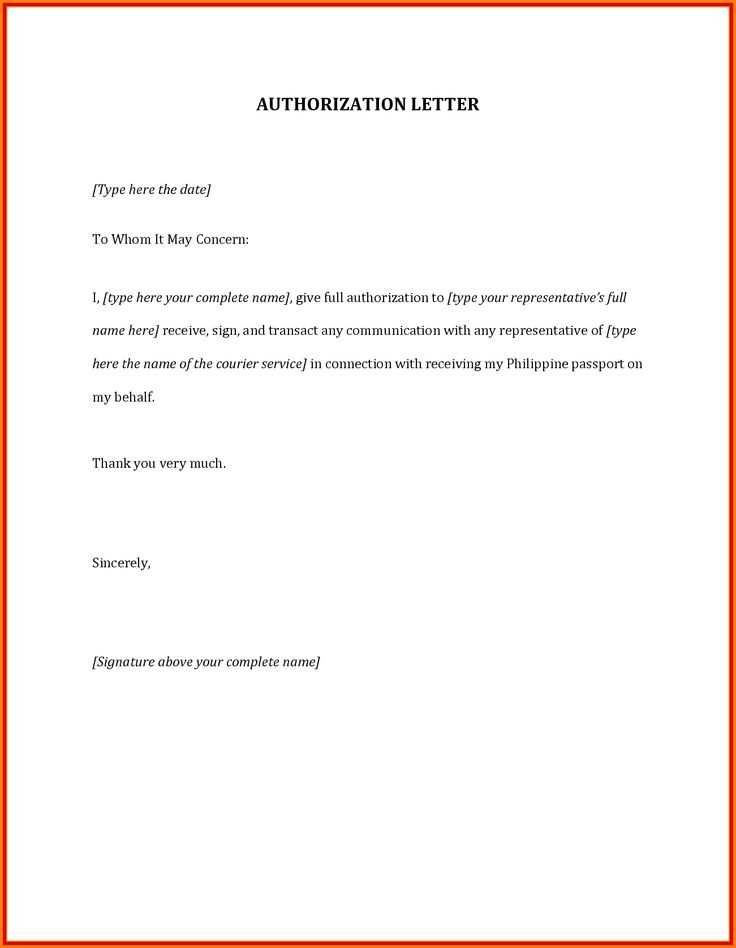
When important paperwork is not available, it’s essential to draft a formal communication to request its retrieval. The message should be clear, concise, and convey the need for the missing materials without causing confusion. Properly structuring this communication helps ensure your request is addressed promptly.
Start by addressing the recipient respectfully and mentioning the reason for your inquiry. Specify what exactly is missing and provide any relevant context, such as dates or reference numbers, to help the recipient understand the situation more easily.
Here are key points to include when creating such a request:
- Clear identification: Mention your full name, contact details, and any relevant identifiers to make it easy for the recipient to locate your records.
- Precise description: Describe what is missing and why it is important for your task or process.
- Supporting details: If applicable, include specific dates, reference numbers, or related documentation to provide context.
- Polite tone: Maintain a respectful and professional tone throughout the message to foster a positive response.
By focusing on these elements, you can ensure that your request is clear and likely to be handled without delay.
Why You Need a Missing Document Letter
When essential paperwork or files are not in your possession, it’s crucial to formally request their retrieval. This ensures that the matter is addressed systematically and with the appropriate level of attention. Without this communication, the process of locating and providing the missing materials may be delayed or misunderstood.
Creating a formal request offers several advantages:
Ensures Clarity and Structure
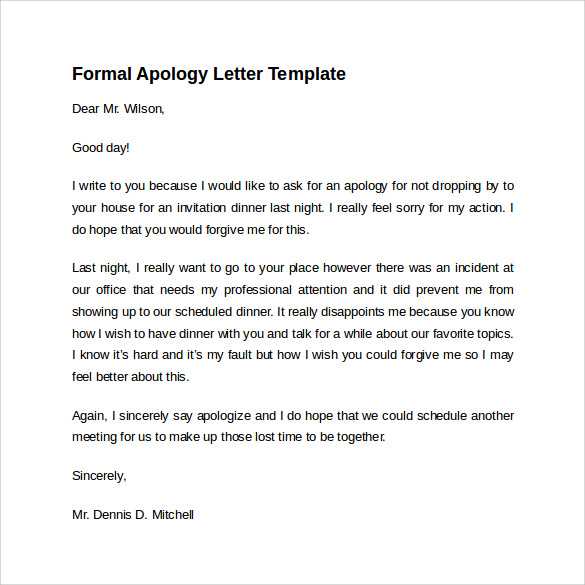
A well-constructed request clearly conveys the missing items and the urgency of retrieving them. By specifying the necessary details, both parties can avoid confusion, leading to quicker resolution.
Demonstrates Professionalism
Submitting a formal communication shows respect for the recipient’s time and effort. It reflects that you are organized and serious about resolving the issue efficiently.
| Benefits | Impact |
|---|---|
| Clear communication | Prevents delays and misunderstandings |
| Professional tone | Fosters a positive relationship |
| Specific details | Facilitates faster action |
By addressing the matter formally, you enhance your chances of receiving the required items without unnecessary complications.
Essential Elements of the Template
When creating a request for missing materials, it’s important to include specific details that will help the recipient understand the situation and take appropriate action. A well-structured request ensures that all necessary information is conveyed clearly, making it easier for the recipient to respond promptly and effectively.
Key Information to Include
Start with basic identifying details such as your full name, contact information, and any reference numbers that can help the recipient locate the relevant records quickly. Clearly state what is missing and why it’s necessary to retrieve it. Providing a reason for your request can help emphasize its importance.
Formatting and Tone
Maintain a polite, formal tone throughout the request. Proper formatting is also important; use paragraphs to break the content into digestible sections and avoid overly long sentences. Clear, concise language is essential to ensure your message is easily understood and well-received.
How to Phrase Your Request Professionally
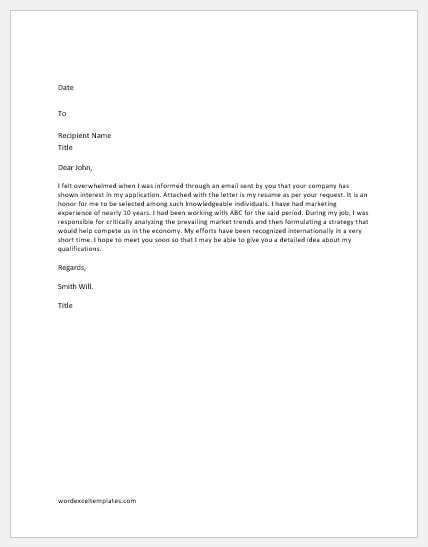
Crafting a formal request involves using the right language to convey your message clearly and respectfully. The way you phrase your request plays a crucial role in ensuring a positive and timely response. A well-worded inquiry not only helps in addressing the issue at hand but also maintains professionalism throughout the communication.
Start with a polite introduction, acknowledging the recipient’s time and effort. Be direct yet courteous when describing the issue, and avoid being overly demanding. Clearly state what you need and explain why it is important to resolve the matter promptly. Express your appreciation for their attention to the request, and close with a courteous sentence to reinforce the professional tone of the communication.
Avoiding Common Errors in the Letter
When composing a formal request, it’s important to avoid certain mistakes that can undermine the effectiveness of your message. Common errors can cause confusion, delay the process, or even result in your inquiry being overlooked. By being mindful of these issues, you can ensure that your communication remains clear and professional.
Overly Complex Language

While it’s important to maintain professionalism, using overly complicated or technical language can make your request difficult to understand. Stick to simple and direct language that conveys your message clearly without unnecessary jargon.
Lack of Specific Details
Failing to provide the necessary details about what is needed or the context of the situation can hinder the recipient’s ability to act quickly. Always include essential information such as reference numbers, relevant dates, and specific items that are required. This ensures that the request is processed efficiently.
Choosing the Right Time to Send
The timing of your formal request can significantly impact how quickly and effectively the recipient responds. Sending your inquiry at the right moment ensures that it is received with proper attention and processed without unnecessary delays. Consideration of the recipient’s schedule and any potential deadlines will help in choosing the most appropriate time.
Ideally, send your request during working hours on a weekday, avoiding weekends or public holidays when the recipient may not be available. Also, take into account any relevant deadlines or time-sensitive needs to ensure that your request is prioritized accordingly.
Key factors to consider:
- Business hours: Ensures your request is seen promptly.
- Urgency: If the matter is time-sensitive, sending it earlier in the week is preferable.
- Recipient’s availability: Make sure the person responsible for addressing your request is accessible.
Sample Templates for Your Reference
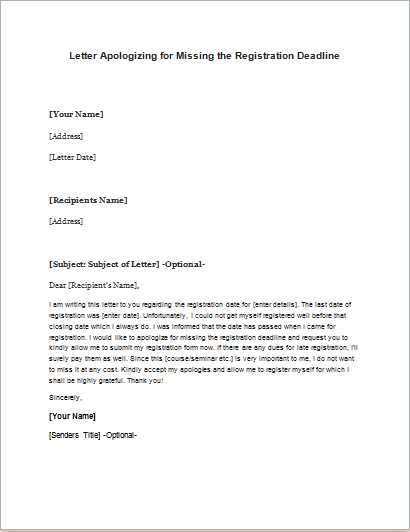
Having a clear structure for your request can help you communicate more effectively. Below are examples that can serve as a guide when crafting your own message. These samples are designed to provide a starting point, which you can adapt based on your specific needs and circumstances.
The following outlines key elements to consider when drafting your request:
- Formal Inquiry Example: A basic format suitable for most requests, ensuring clarity and professionalism.
- Urgent Request Example: A more direct approach when time is a critical factor.
- Detailed Request Example: For situations requiring more context or explanation, this example includes additional information to provide clarity.
Each example includes essential components such as an introduction, detailed explanation, and polite closing to ensure a well-rounded communication. Be sure to personalize your message by adding relevant details to make it specific to your situation.